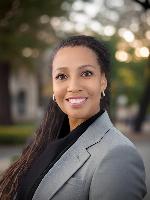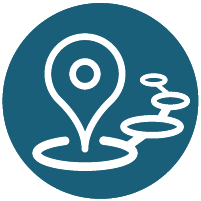Using Student Research and Media Literacy to Address Bias in Curriculum
,
Grand Hyatt - Texas Ballroom F
Session description
Outline
Using Digital Citizenship and Media Literacy to Address Curriculum Bias
Introduction (10 minutes)
-Overview of the session's goals and objectives
-Brief discussion of the importance of media literacy and digital citizenship in addressing curriculum bias
-Highlight the impact of missing historical and current narratives on student belonging
Guided Learning in Groups (25 minutes)
-Model how to incorporate diverse narratives into curriculum
-Guide participants in choosing a missing narrative to research
-Provide resources and tips for conducting effective research
Participant Sharing (20 minutes)
-Explore resources and findings
-Share levels of difficulty and barriers in research
-Share effective strategies for integrating media literacy and digital citizenship into your teaching
-Discuss challenges and potential solutions
Closing and Next Steps (5 minutes)
Recap key takeaways from the session
Discuss opportunities for ongoing professional development and collaboration
Encourage participants to connect and share after the session
Supporting research
Finding Your Blindspots: 8 Guiding Principles for Overcoming Implicit Bias in Teaching
https://tinyurl.com/ywvr3bc5
Facing History
https://tinyurl.com/mr4djh87
Presenters

Session specifications
Topic:
Grade level:
Audience:
Attendee devices:
Attendee device specification:
Participant accounts, software and other materials:
Subject area:
ISTE Standards:
Learning Designer
- Collaborate with educators to develop authentic, active learning experiences that foster student agency, deepen content mastery and allow students to demonstrate their competency.
Knowledge Constructor
- Evaluate the accuracy, validity, bias, origin, and relevance of digital content.

 Back
Back Trips and Tours
Trips and Tours Recorded Session
Recorded Session